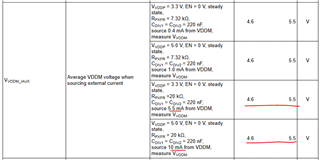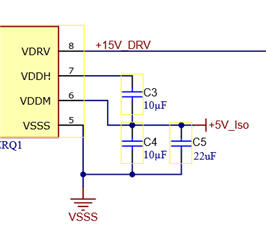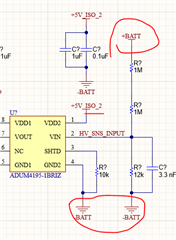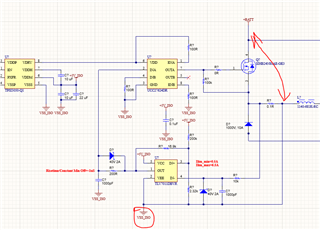Other Parts Discussed in Thread: TPSI3050, TPSI3052
Dear Experts,
I would like to use TPSI3050's auxilary VDDM to supply an isolated amplifier.
The thing is that though that the minimum amplifier supply voltage is 4,5V and maximum 5,5V.
The VDDM as a supplier has a voltage minimum 4,6V which is quite close to the 4,5V threshold. I show here below:

My load is between 5,5mA and 10mA but according to the above datasheet for both cases the VDDM is guaranteed from 4,6 to 5,5V.
The questions is how reliable and calculable the VDDM voltage and VDDM value depends on what exactly?
I am asking this because other than this range table I did not find any other indication of this in the datasheet and I have to guarantee that
the amplifier does not get a voltage out of the 4.5V and 5.5V range. Would you readily use this TPSI3050 supply for the amplifier in this case?
Thanks and regards,
Andras






